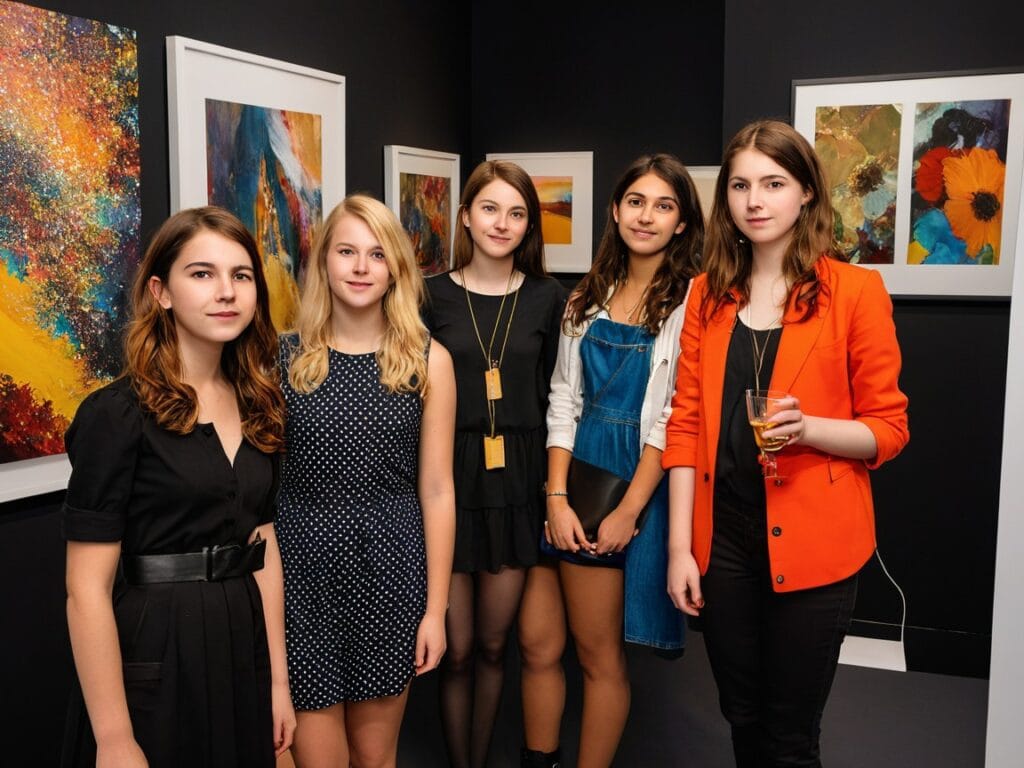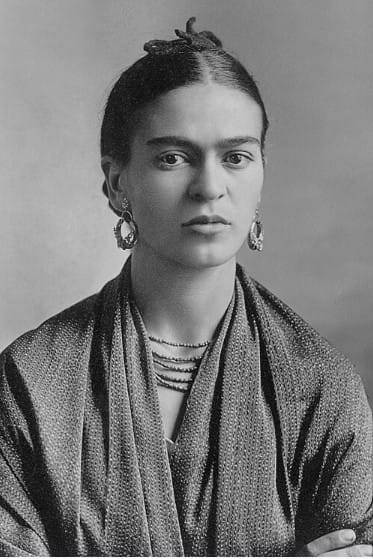Leonardo da Vinci: The Genius Behind the Canvas
Introduction
Few names in art history carry the same weight as Leonardo da Vinci. A painter, scientist, architect, engineer, and philosopher — Leonardo wasn’t just a Renaissance man; he was the Renaissance man.
More than 500 years after his death, Leonardo’s genius continues to influence the worlds of art, science, and design. His paintings, particularly The Last Supper and Mona Lisa, are not just admired — they are studied, imitated, and revered.
At ISKUSS, we celebrate timeless art by curating high-quality canvas prints from the world’s greatest masters. Leonardo’s public domain works allow modern collectors to bring a piece of history into their own space — beautifully and meaningfully.
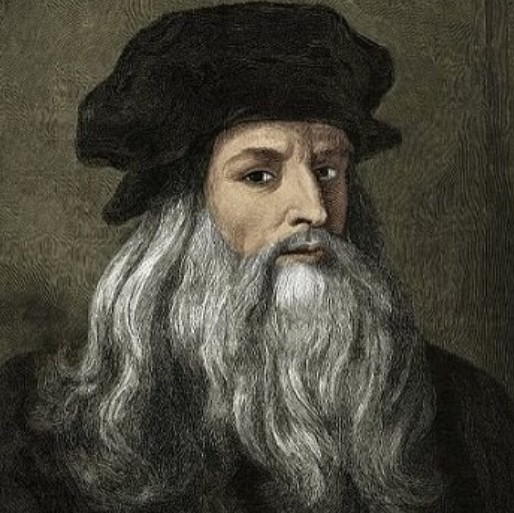
Who Was Leonardo da Vinci?
Born in 1452 in Vinci, Italy, Leonardo was the illegitimate child of a notary and a peasant woman. Despite humble beginnings, his talent quickly attracted the attention of patrons, and he began his artistic training in Florence under Andrea del Verrocchio.
But Leonardo’s brilliance wasn’t limited to painting. He filled thousands of pages with sketches of human anatomy, flying machines, bridges, and scientific observations. His curiosity was boundless — and so was his vision.
Leonardo’s Most Famous Works
Mona Lisa (c. 1503–1506)
Perhaps the most iconic painting in the world, the Mona Lisa is famed for her enigmatic smile and masterful use of sfumato — Leonardo’s technique of blending tones and edges without harsh outlines.
📍 Currently housed in the Louvre, the Mona Lisa attracts over 8 million visitors annually.
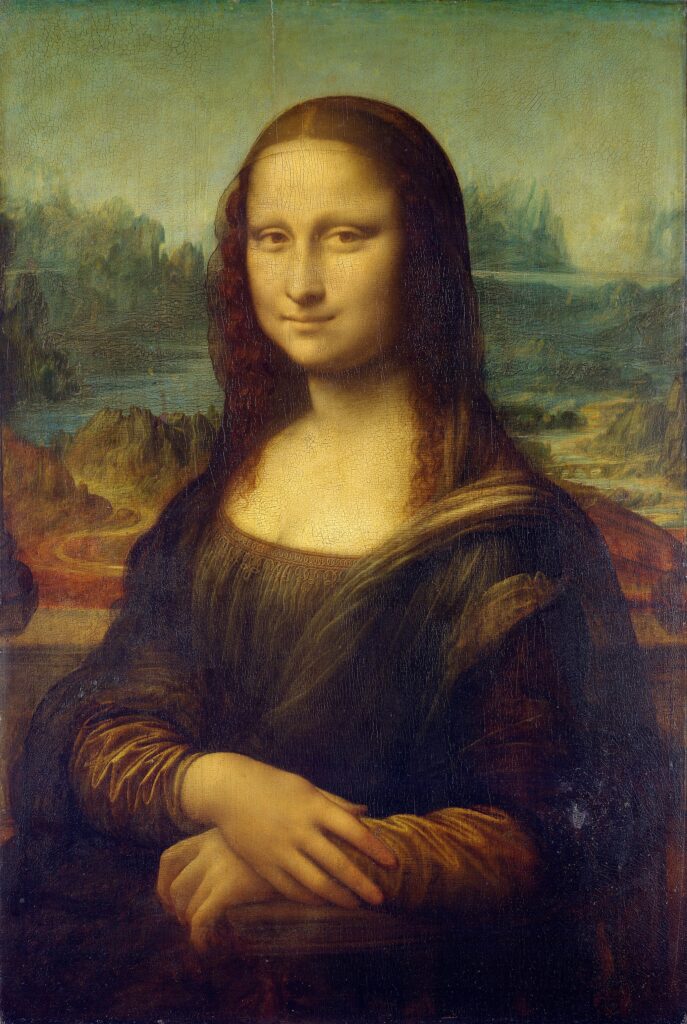
The Last Supper (c. 1495–1498)
Painted directly onto the wall of a convent in Milan, The Last Supper captures the dramatic moment Jesus reveals that one of his disciples will betray him. Leonardo’s use of perspective and emotional realism makes it a masterpiece of narrative art.
🏛️ This mural is located in the Convent of Santa Maria delle Grazie in Milan and is among the most studied religious artworks ever created.
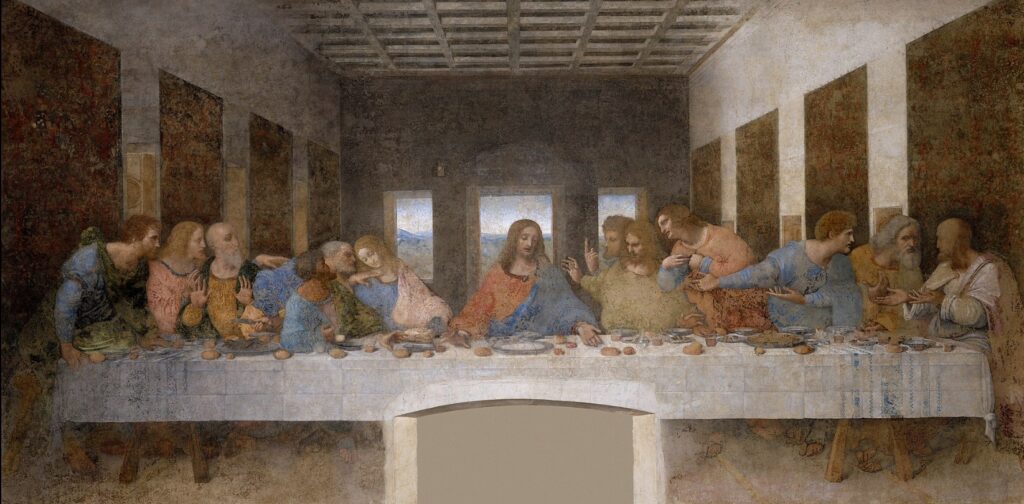
Vitruvian Man (c. 1490)
While not a painting, the Vitruvian Man drawing is a perfect symbol of Leonardo’s fusion of art and science — illustrating ideal human proportions based on ancient Roman architect Vitruvius.
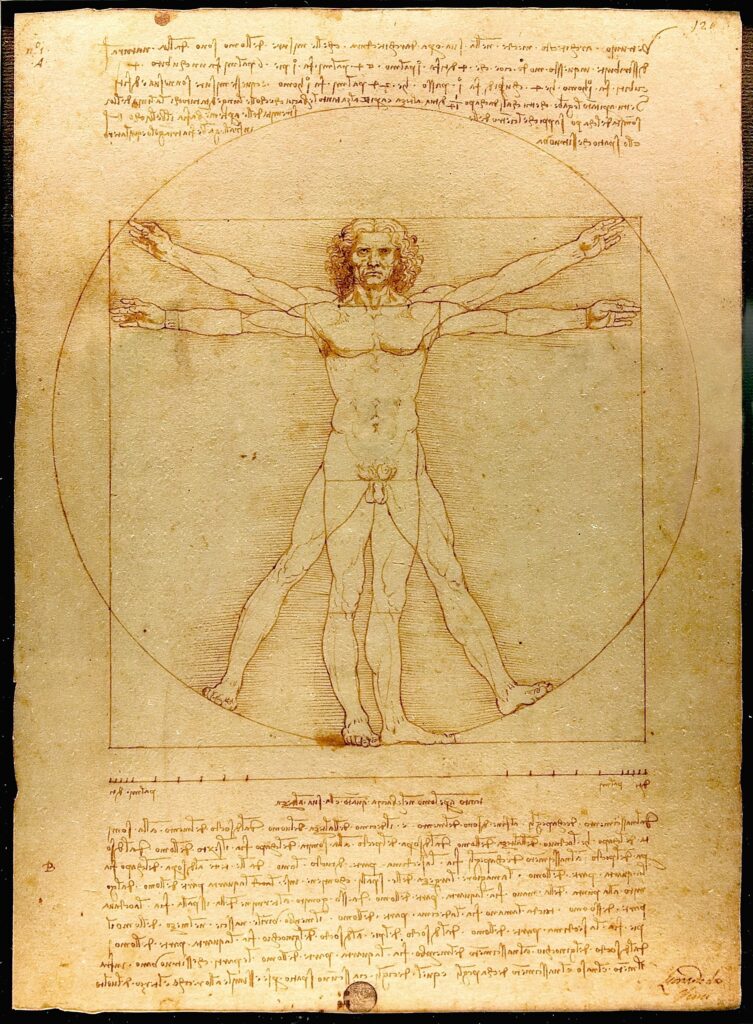
Why Leonardo’s Art Still Resonates Today
Leonardo wasn’t just painting faces — he was decoding the universe.
His anatomical drawings helped shape medical knowledge. His notebooks prefigured helicopters and submarines. And his paintings? They broke ground in light, composition, and human expression.
In 2025, the relevance of his work hasn’t diminished. In fact, it’s grown. Collectors and art lovers now seek more than beauty — they seek intellect, history, and meaning in what they display.
Leonardo’s Art in Modern Interiors
Leonardo’s art brings a unique blend of:
- Classical elegance
- Philosophical depth
- Historical richness
Imagine a canvas of The Last Supper anchoring a dining room wall. Or a soft-toned Mona Lisa print adding mystery to a reading nook. His works are surprisingly versatile — grounding minimalist spaces or enriching traditional homes.
Own a Piece of Renaissance History with ISKUSS
At ISKUSS, we believe great art shouldn’t be locked behind museum walls.
That’s why we offer high-quality canvas prints of public domain masterpieces — including Leonardo da Vinci’s most famous works. Each piece is carefully curated for its historical, artistic, and emotional value.
Whether you’re a history enthusiast, a collector, or simply someone who appreciates timeless beauty, Leonardo’s art belongs in your world.
Final Thoughts
Leonardo da Vinci’s genius wasn’t confined to his own era — it was built for eternity. His art isn’t just about Renaissance beauty; it’s about human potential, curiosity, and the power of vision.
Through ISKUSS, you can bring that legacy into your life — not as a museum replica, but as a daily source of inspiration.
Ready to rediscover a master?
Start your journey with ISKUSS.com — where timeless art lives again.
Leonardo’s legacy goes far beyond the canvas — his notebooks are filled with studies of anatomy, engineering, astronomy, and invention. For a deeper look at his extraordinary range, the British Library offers a digitized version of Codex Arundel, one of Leonardo’s surviving notebooks. You can explore it here.
